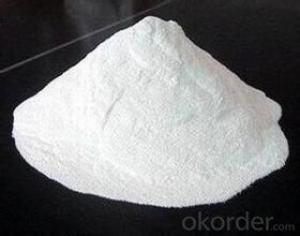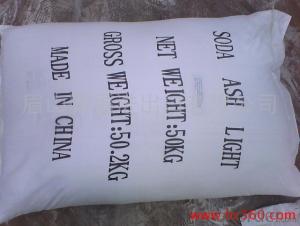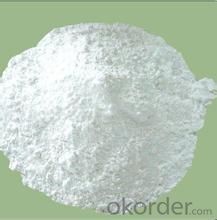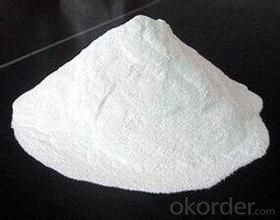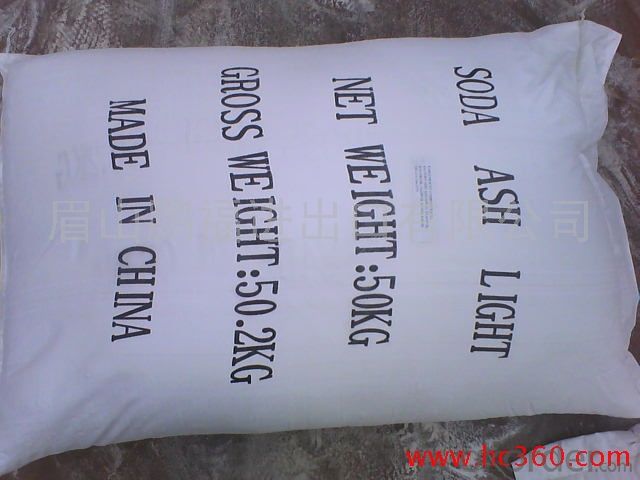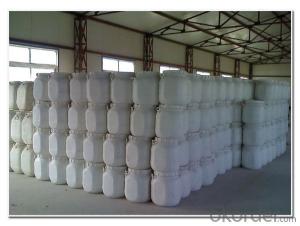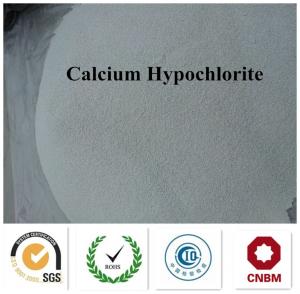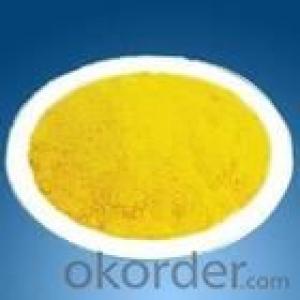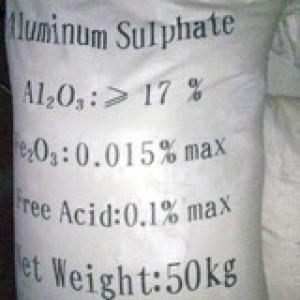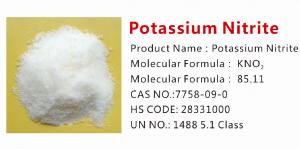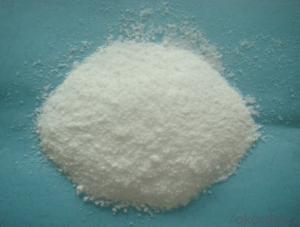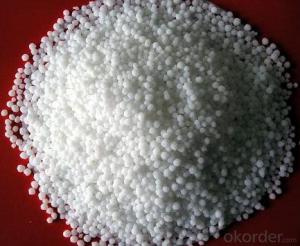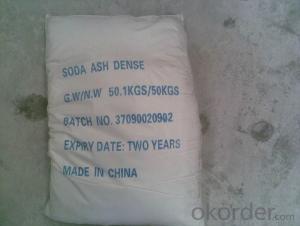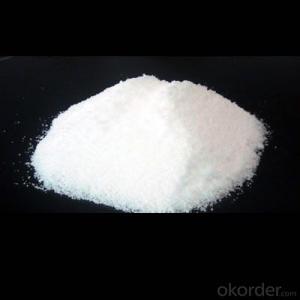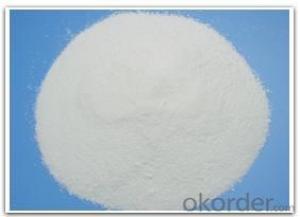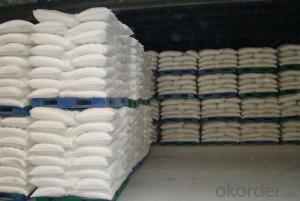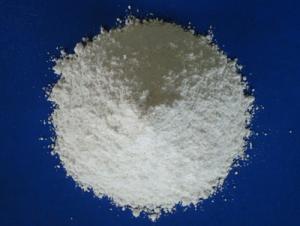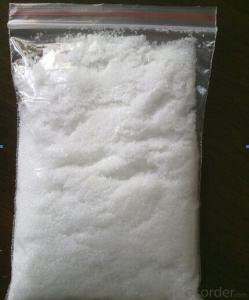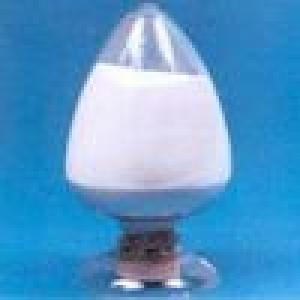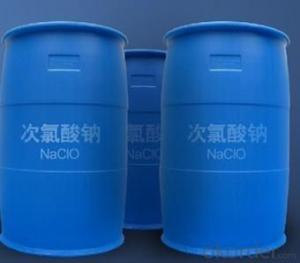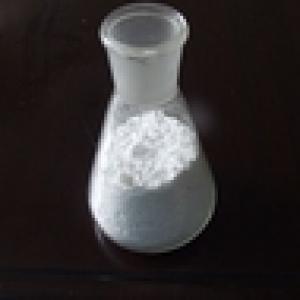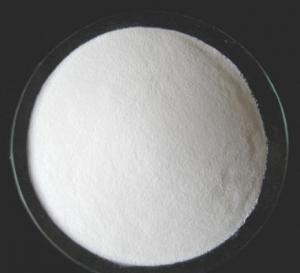Soda Ash with Best Quality with Competitive Price
- Loading Port:
- China main port
- Payment Terms:
- TT or LC
- Min Order Qty:
- 21 m.t.
- Supply Capability:
- 3000 m.t./month
OKorder Service Pledge
OKorder Financial Service
You Might Also Like
1.Structure of Soda Ash Description:
Chemical name: sodium carbonate
Molecular Formula: Na2CO3
Appearance: white crystalline powder
Properties: soluble in water, alkaline aqueous solution significantly, and release heat, easy to deliquescence; react with the acid salt generated.
Uses: soda is the most important one of chemical raw materials widely used in chemical, glass, metallurgy, paper making, printing and dyeing, synthetic detergent, petrochemical, food, medicine and health industry, the amount of large, important in the national economy status.
Packaging & Shipping
packaging is only 50kg bag,jumbo bag....
Shipping: can load 25mt /20FCL
2.Main Features of Soda Ash:
1)High Quality
2)High Purity
3)Lower Price
4)Well Package
5)Supply by the biggest factory in China
6)Stable producing ability
7)Fast Shipment
3.Soda Ash Images
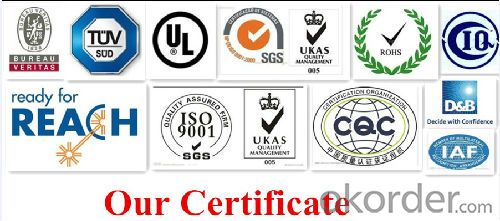
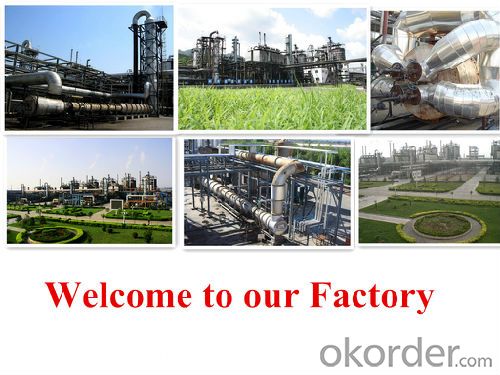

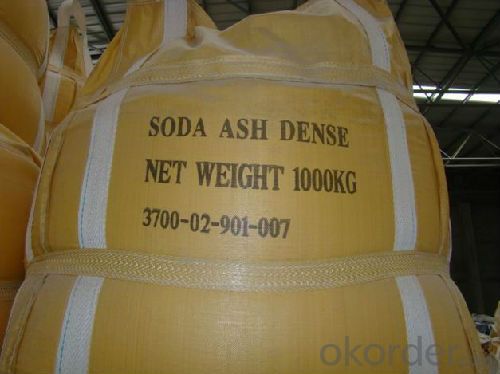
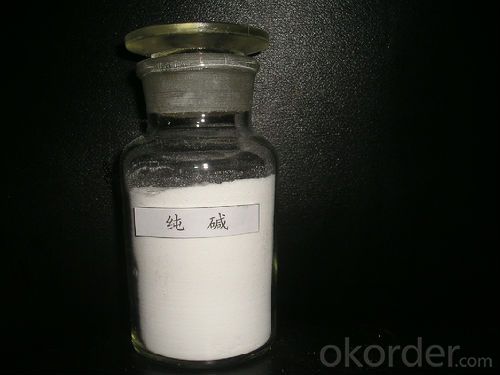
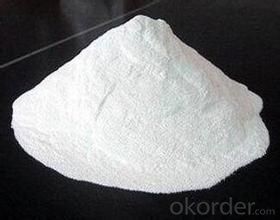
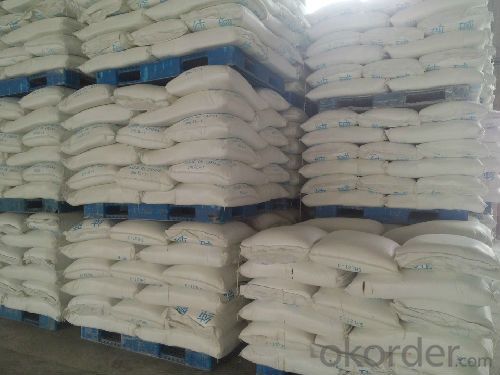
4.Soda Ash Specification
EXAMING ITEM | NUMBER | |
STANDARD | MEASURED | |
TOTAL ALKALI (BE ACCOUNTED WITH THE Na2CO3 ) %≥ | 98.80 | 99.30 |
CHLORIDE (BE ACCOUNTED WITH THE NaCl)%≤ | 0.90 | 0.53 |
IRON (BE ACCOUNTED WITH THE Fe)%≤ | 0.0060 | 0.003 |
WATER INSOLUBLE ≤ | 0.100 | 0.029 |
BULK DENSITY g/ml ≥ | 0.90 | 1.04 |
GRANULES, RESIDUE ON SIEVE(180μm) %≥ | 65.00 | 69 |
OUTLOOKING | WHITE SMALL GRAIN | WHITE SMALL GRAIN |
5.FAQ
1)How many tons does your factory can supply each moth?
30000tons/month
2)How to quarantee the quality of the products?
you can arrange SGS&BV or other quality inspection.
3)How many days you need to pepare the cargo after we made the order?
within 30 days.
- Q: Are fruits and vegetables inactive?
- Inorganic salts are inorganic compounds in the salt, formerly known as minerals, the body has found more than 20 species, including constant elements of iron, zinc, selenium, molybdenum, chromium, cobalt, iodine 8. Apple, pipa, durian, citrus, Watermelon, kumquat, peanuts, I know so much. Oh, there are: lotus lotus which contain inorganic salts
- Q: Are plants absorbing water and inorganic salts only through root tip or wrong? The
- Plants through the leaves can also absorb water and inorganic salts, but the root tip is the main part of the plant to absorb water and inorganic salts.
- Q: What are the physiological functions of inorganic salts
- Maintain the life of cells and organisms
- Q: Are the inorganic salts mineral and they are soluble in water?
- Generally speaking, inorganic salts, including minerals, inorganic salts are not minerals. Some inorganic salts can be soluble in water and some can not, the vast majority of minerals do not dissolve in water, otherwise the rain on the rocks are not dissolved Is it gone?
- Q: What substances can detect inorganic salts
- Chemistry or creatures
- Q: What are the nutritional requirements for bacterial growth?
- For water: the nutrients required for bacteria must be dissolved in water, nutrient absorption and metabolism are required to carry out water.
- Q: Of the dissolved salts found in seawater, _____ % are minor inorganic salts, or trace.
- it's definitly one of these: 99.28 .72 72 50 i think it's 99.28. lemme no if you get it right!!
- Q: The application of various inorganic salts in the human body?
- Iron is an essential trace element in the animal body and plays an extremely important role in the metabolism of animals.It is not only a component of a variety of compounds but also a variety of metabolic-related enzyme activities, and to a certain extent The immune function of the body.
- Q: Is urea an inorganic salt?
- Is not organic matter ah inorganic salts are present in the body and food minerals in the mineral, composed of organic matter and inorganic synthesis of the human body has been found to have more than 20 kinds of essential inorganic salts, about 4 to 5% of body weight. More (> 5g) for calcium, phosphorus, potassium, sodium, chlorine, magnesium, sulfur seven; daily dietary requirements are more than 100mg, known as constant elements. Other low content, with the modern analysis of technological progress Iron, copper, zinc, manganese, cobalt, molybdenum, selenium, chromium, nickel, silicon, fluorine, vanadium and other elements were found by atomic absorption spectroscopy, neutron activation, plasma emission spectroscopy and other trace analysis methods. But also the human body is necessary, the daily dietary requirements for the amount of μg ~ mg called trace elements.
- Q: I need help with this
- The correct answer is enzymes. Enzymes are composed of carbon, nitrogen, oxygen and traces of other elements such as sulfur, but are produced in nature only by living things.
Send your message to us
Soda Ash with Best Quality with Competitive Price
- Loading Port:
- China main port
- Payment Terms:
- TT or LC
- Min Order Qty:
- 21 m.t.
- Supply Capability:
- 3000 m.t./month
OKorder Service Pledge
OKorder Financial Service
Similar products
Hot products
Hot Searches

